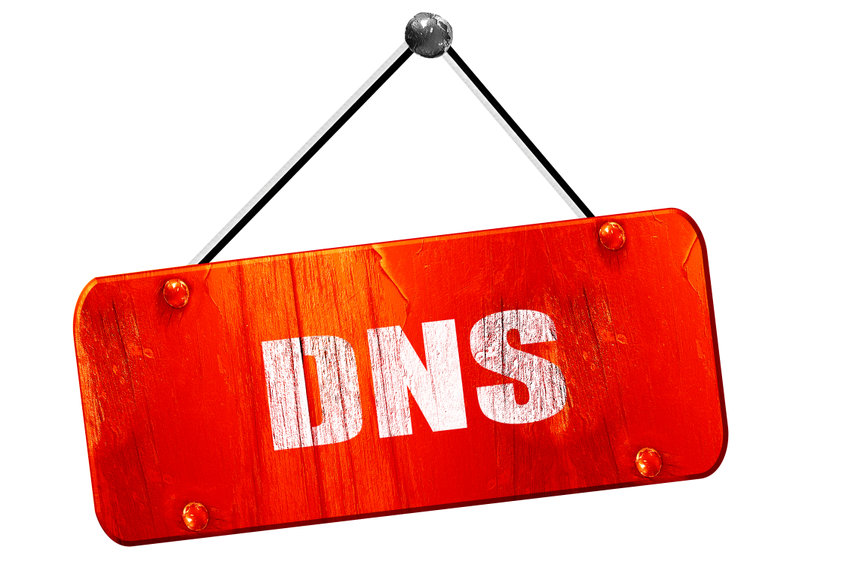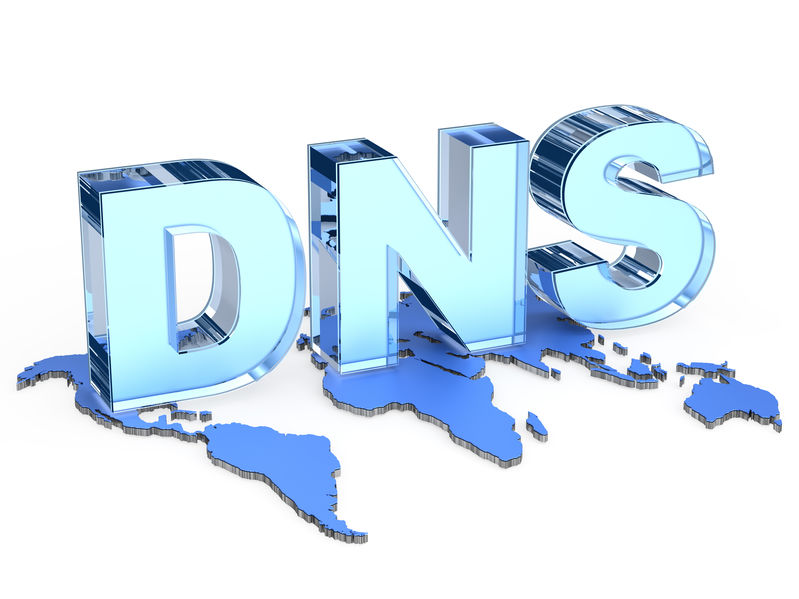DNS branding is a feature that many hosting providers love to read on the page of a DNS provider. That means that they will have an easy way to put their tag on and expand their services by providing DNS services to their clients without the obligation to mention the DNS provider.
It also serves big companies to hide the original DNS provider and show their brand name instead.
What is DNS branding?
DNS branding is a service that a DNS provider offers that gives the freedom to the client to put their domain name instead of the provider’s domain name for the nameservers.
Advantages of using DNS branding
That way, you can see ns1.clientssite.com instead of ns1.dnsservice.com.
You mask the original name of the nameservers and show your brand when somebody checks the NS records. This is why it is called DNS branding.
It is also known as Vanity nameservers because large corporations demand this service better to represent their image in front of the world.
The company wants to show that they have their own DNS infrastructure.
How does DNS branding work?
- Go search for a DNS provider who offers one of the following DNS white-label, DNS branding, or DNS Vanity nameservers. These are the names that you can find for the DNS branding services.
- Choose the one that best suits your needs based on the DNS servers they offer, price, additional DNS features, and more.
- Add the Child nameservers to the domain that you want to use inside the domain registrar’s control panel.
- Add the same A DNS records as those of the Child nameservers inside the DNS zone of your domain name.
- Change the NS DNS records in the DNS zone to point to the new nameservers.
- Last, you need to change the nameservers from your registrar’s control panel to the new branded nameservers. With this action, you are ready to go.
Why use DNS branding?
- Extend the portfolio of your services. Using DNS branding is a great way to white-label 3rd party DNS service under your brand. That way, you can be a reseller and sell DNS services to others, but without the need to mention the DNS provider. It is an excellent option for hosting companies, which can add value for their clients with DNS services.
- Branding. There are huge brands that want to tag everything with their name. That way, they look even more influential. Having your DNS servers means investment in DNS infrastructure, which is a good sign for a tech company.
- Custom name as an answer to Whois. If somebody is checking the NS DNS records, it will see the new DNS branded nameservers in the answers.
- Hide your DNS provider. In the world of the Internet, hiding information is a good practice. If hackers know your real nameservers, they might find an easier way to attack them.
Conclusion
DNS branding on the first look seems like just a vanity feature that might not add a lot of value. But the fact that you can use it to provide DNS services by putting your brand on top makes it really interesting and worth checking.


